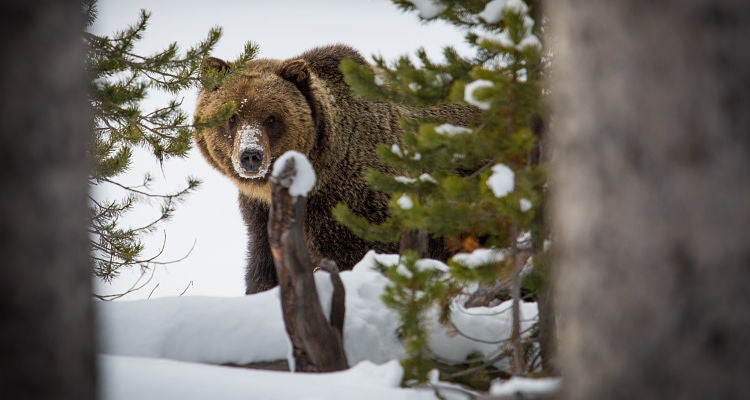Updated July 8, 2025 02:06PM
Should Grizzlies Be Removed From the Endangered Species List?
Grizzly population rising in Yellowstone according to new study

'Yellowstone Grizzly Bear // flickr: YellowStone National Park'
The number of grizzly bears successfully reproducing has quadrupled over the last 25 years, according to a study published in the $10 million in annual revenue without the promise of seeing a roadside Grizzly Bear.